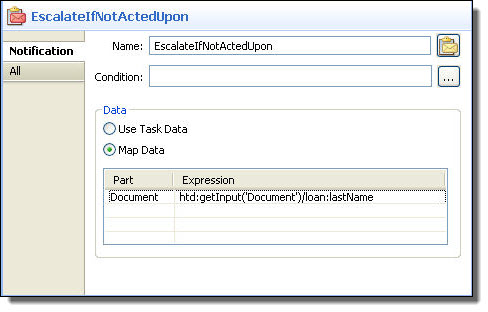Informatica ActiveVOS
- Informatica ActiveVOS 9.2.4.6
- All Products


<htd:toParts> <htd:toPart name="firstname"> htd:getInput("ClaimApprovalRequest","ApproveClaim") /firstname </htd:toPart> <htd:toPart name="lastname"> htd:getInput("ClaimApprovalRequest","ApproveClaim") /lastname </htd:toPart> <htd:toPart name="taskId"> htd:getTaskID("ApproveClaim") </htd:toPart> </htd:toParts>